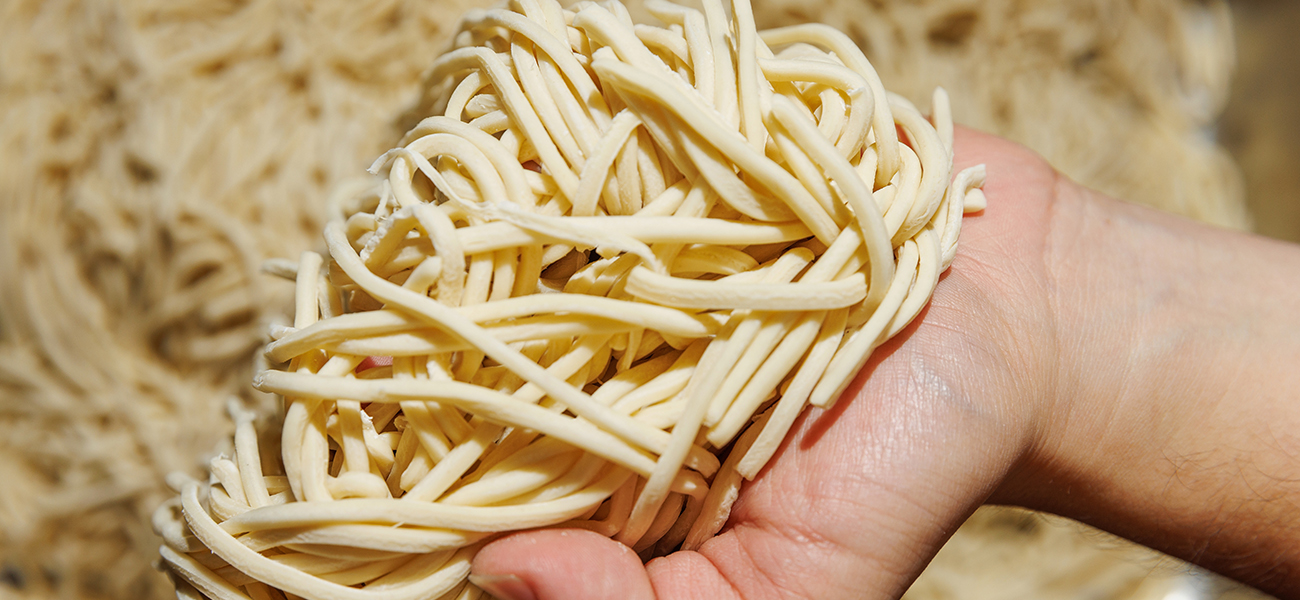When he was thinking about opening a Baton Rouge ramen shop in 2018, Patrick Wong embarked on some serious field research.
He was no stranger to the restaurant world; his family owns the sushi restaurant Ichiban. But the entrepreneur wanted to see ramen shops in action.
“I trained in Tokyo and Yokoyama for about a month to learn the feel of real ramen shops, the true way it’s done,” Wong says. “I wanted to bring the authentic product back home.”
|
|
|

That meant learning to make broth simmered for 36 hours, long enough to distill pork bones to their bare essence and leave behind liquid gold with off-the-charts umami. But Wong, who also studied under ramen chef Keizo Shimamoto in New York, didn’t stop there. He wanted to serve noodles from scratch.
Wong’s Boru Ramen debuted in late 2020, serving ramen constructed with two types of homemade noodles: Mazeman and Hakata. Mazeman noodles, which are thicker, are deployed in the Crawfish Mazeman: a brothless, fiery dish with fried crawfish tails, yellow corn, spices and negi leek oil. The thinner Hakata noodles are used in the rest of the bowls.
Wong contends that the majority of ramen shops in the U.S. buy their noodles, but making them in house allows him to control their texture.
“You can really tell the difference,” he says. “Ours have a kind of ‘bounciness.’”
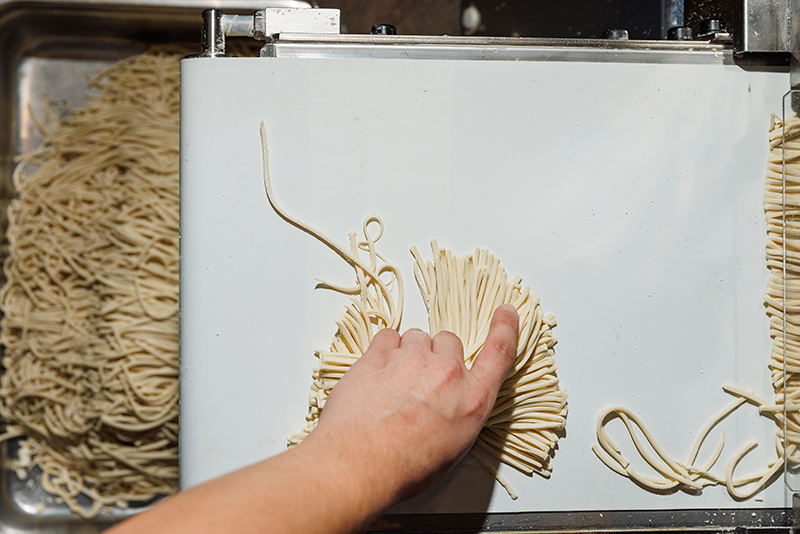
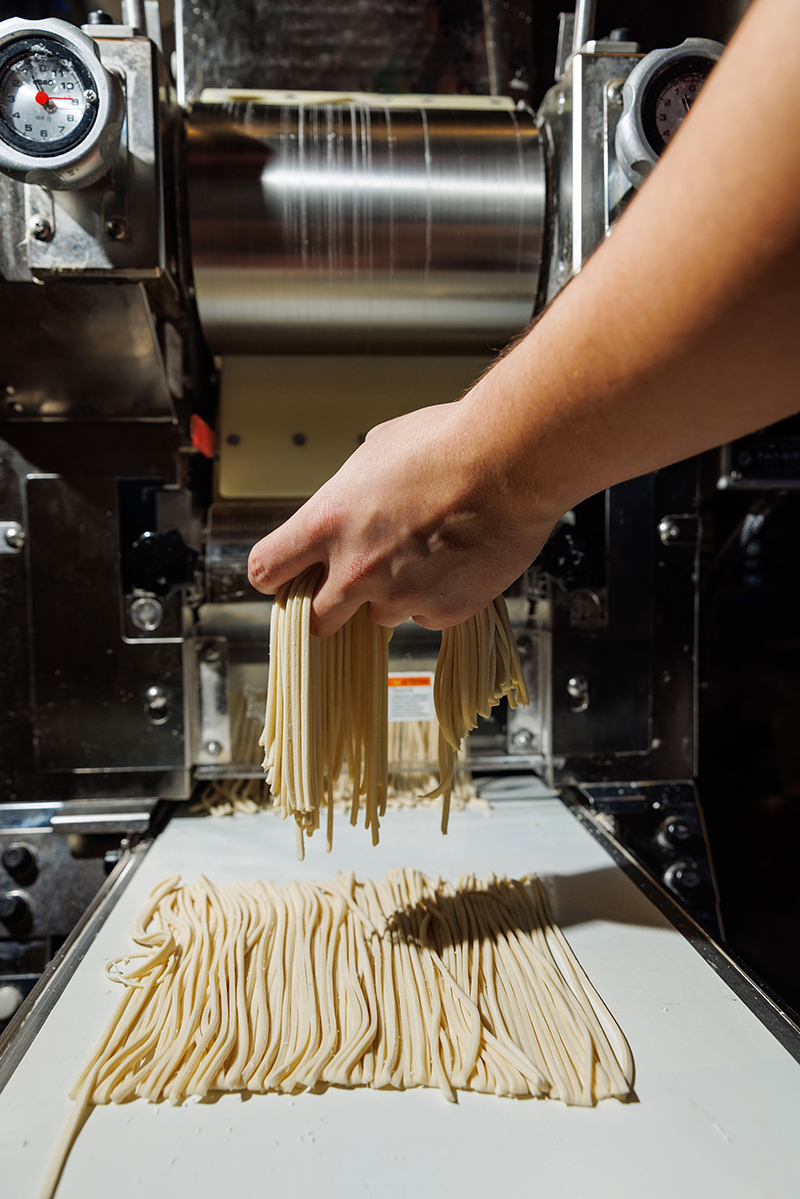
The restaurant makes fresh noodles about three times a week. Using an extruder imported from Tokyo, it combines superfine wheat from Canada, eggs, salt and water. Mazeman noodles include rice flour.
Noodles aren’t just a key ingredient in ramen. They’re also a delivery device, a kind of edible highway and cooling mechanism for the hot broth. That’s why slurping them is customary in authentic ramen shops where only chopsticks, not spoons, are used. Slurping the noodles allows diners to effectively pull the hot soup into their mouths.
“For ramen,” Wong says, “the texture of the noodles is just so important.”
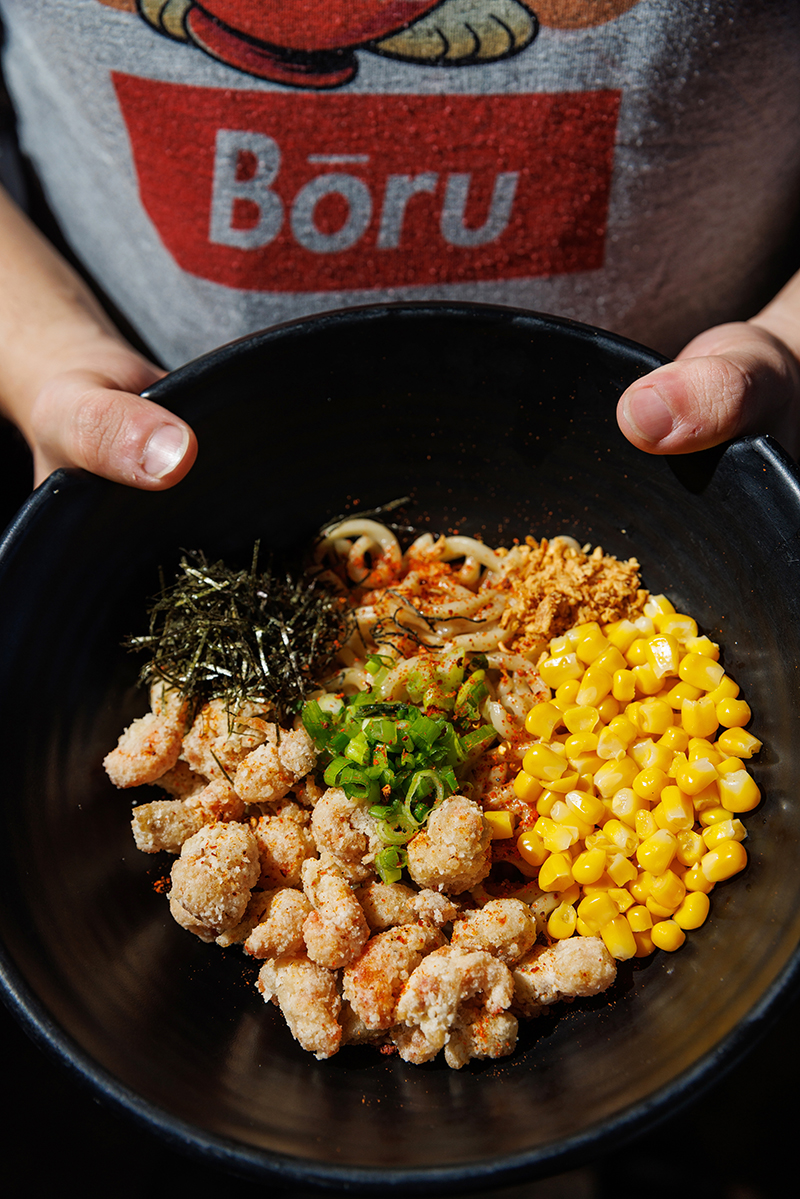
 More ramen, please
More ramen, please
Chow Yum
2363 Hollydale Ave.
One of Baton Rouge’s earliest ramen shops features four specialty bowls with painstakingly made broths. chowyumbr.com
Umami Japanese Bistro
3930 Burbank Drive
Umami’s steaming bowls include: Seafood, Spicy Miso or Kanpeki with pork belly. umamibr.com
Finbomb Sushi Burrito Poke Ramen 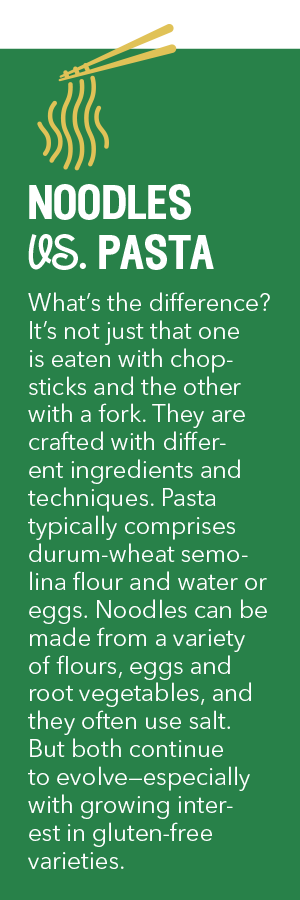
660 Arlington Creek Center Drive, Suite F
Choose from four bowls, like the Ooo lala with pork loin and ground pork, or the Garlic Lime Shrimp. finbombsushi.com
Soji: Modern Asian
5050 Government St.
The hip Mid City restaurant includes Beef or Malaysian Coconut Curry ramen with shrimp on its pan-Asian menu. eatsoji.com
JINYA Ramen Bar
10000 Perkins Rowe, Suite 160
The national chain’s local location serves more than a dozen varieties.
jinyaramenbar.com
3 Woks Noodle Bar
1717 River Road (Inside The Queen)
Order quick-service Miso or Shoyu with chicken, beef or shrimp.
thequeenbr.com/3woks
|
|
|
Coming soon
Hikari Ramen Noodles
Corporate Boulevard
This article was originally published in the February 2024 issue of 225 magazine.




